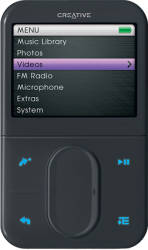So the big fancy (and often ridiculously stupid) Swedish IT news site idg.se opened up a “blogging” portal, and in there we find an at least semi-interesting open source blog named Open Force. Contrary to linuxworld.idg.se, it doesn’t look exactly like they just suck out all the news from slashdot, linux.com and linux today and translate them to Swedish.
But of course the author (Niklas Andersson) is but a journalist and not an open source contributor, why I fear it may very well keep up with the rest of idg.se anyway.
I’ll try to keep an eye on it and give it the benefit of the doubt for a while.
Update: it should possibly be noted that “Open Force” – despite the name – is written entirely in Swedish.








